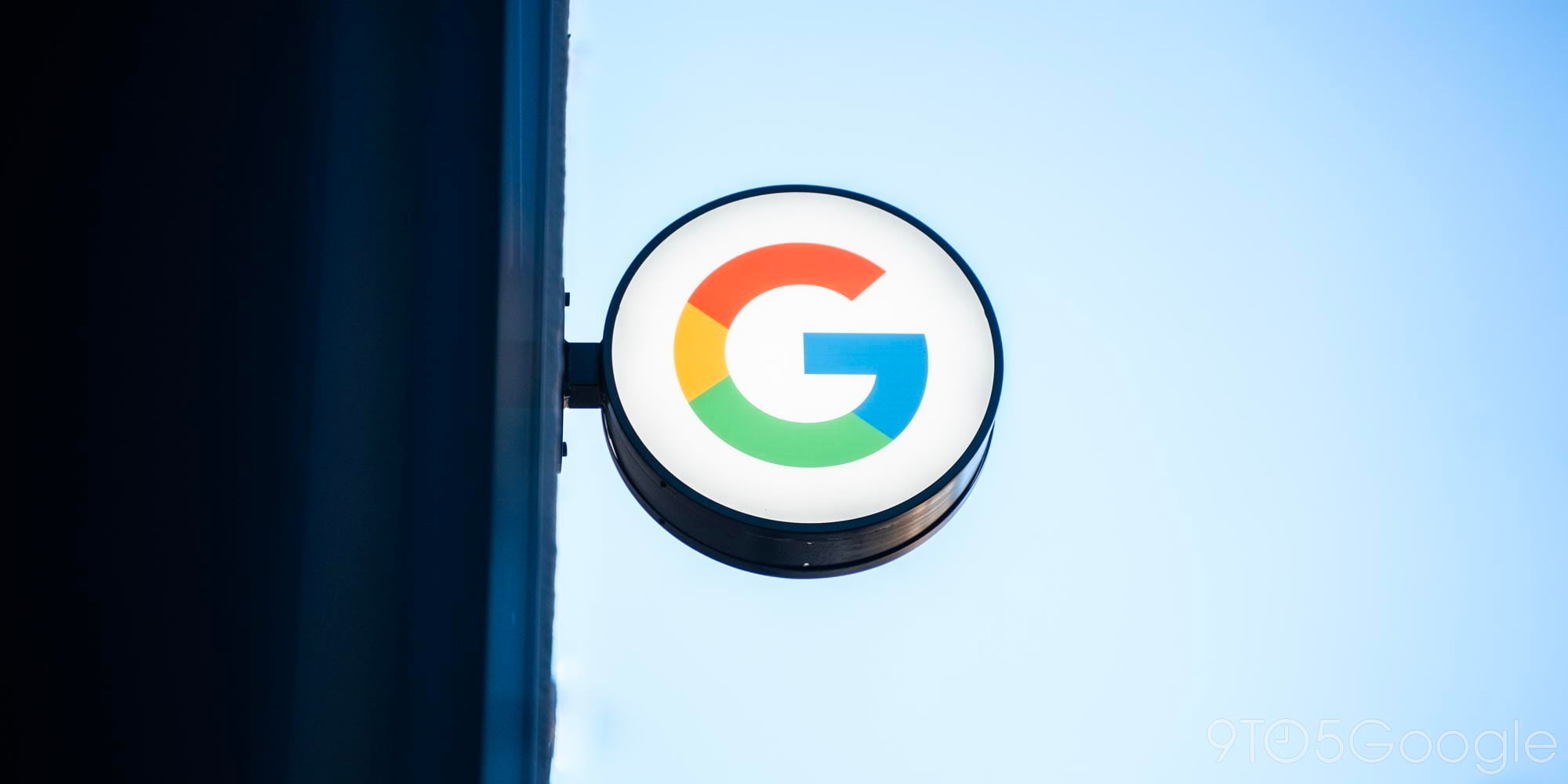

If you’ve ever travelled abroad with your smartphone, there’s a chance you’ve been stung by a hefty roaming bill because you’ve used data in another country. Depending on which carrier you’re with, that could cost you hundreds of dollars just for doing regular, everyday stuff. And you can forget about using your device as a hotspot.
That’s where Skyroam comes in. It’s an affordable mobile hotspot you can take with you to countries in Europe, Africa, South Pacific, Middle East, Asia or The Americas and pay only one single flat rate per day for (sort of) unlimited usage.
Before I flew out to Barcelona last week, Skyroam got in touch with me to see if I’d like to test their portable hotspot. Essentially, it gives you 3G speeds while outside the US, saving your smartphone from racking up a bill for you.
You can either buy the unit to own for $124.99, which currently also comes with 5 days of unlimited usage, or you can rent a unit for the length of your trip. If you travel regularly, buying may be worth it. But for the one-off trip, renting might be better and costs $9.95 per day for unlimited use.
As with anything that calls itself unlimited, there are terms attached. You can use the hotspot as much as you like, but if you use more than 300MB in a 24 hour period, your speeds are slowed down to 512Kbps until the next day. But that means you’re never charged more than your $8/$10 per day rate. There are no additional charges, and you can connect up to 5 different devices to the same unit at once.
On the design front, Skyroam’s Hotspot is pretty simple. In fact, I’d perhaps suggest it could do with an update. It looks like a hotspot from 2010, not 2016. It’s not designed to look flashy or stylish, but I appreciated the glossy black front panel and orange plastic shell on the back nonetheless. It’s small, but chunky, and measures more than 4-inches thick. There’s a small power button on the right edge and Micro USB port on the left, and the front has four capacitive buttons for navigating the bare bones user interface.
Removing the bright orange rear shell reveals a thick 2,900mAh battery which can last up to 8 hours of usage. In my experience, I probably got closer to 5-6 hours. When being used as a hotspot, it did seem like the battery drained pretty quickly. On the plus side, it seems to charge up pretty quickly too, so it didn’t take long to refill once empty. In real-life use, it was easily enough juice to get me through the busy press day on Sunday before MWC kicked off in earnest.
Using it couldn’t be any simpler. In fact, head on over to Skyroam’s ‘how it works’ page and you’ll see the ‘Skyroam Hotspot is Simple’ as its main selling point. On that promise, it delivered.
Using it is as easy as powering it on, selecting the option to activate service for 24 hours then using the network SSID and password information to connect with your smartphone or laptop’s Wi-Fi. This information is printed on a small label on the back and can also be brought up on-screen by simply pressing the home button when on the home screen.
You don’t have to sign up anywhere, or fill in a bunch of details to register, unless you want to buy more day passes, in which case you can sign up pretty easily and input your credit card details (or use PayPal) for payment.
You don’t need a SIM card to use the service, it automatically connects to a local network (up to HSPA+ speeds) and you’re ready to use it. Just be sure the country you’re going to on vacation is covered by Skyroam (there’s a list here). Saying that, it does have a regular SIM card slot, just in case you want to use it in your home country and already have an active data plan.
Network speed is perhaps the one thing I’d mildly criticize here. As much as I appreciate being connected cheaply to a cellular network, LTE would have been a welcome upgrade. I’d even be okay with paying a little extra per day or per unit to get that capability. With that said, the network speeds were good enough that I could stay connected, check my emails, Facebook and write up articles using nothing but the 3G/HSPA+ connection.
In packed arenas where thousands of other people were using the same mobile networks, I did experience some serious slow down, as I would on any device. In less congested areas, the speeds were good enough that I could use it for writing articles and keeping in touch with our team, without any real trouble.
I didn’t get to the point where I needed to recharge, but, doing so is simple. Simply visiting a.skyroam.com on the smartphone’s browser takes you to a web portal where you can buy day passes or check the remaining balance. You can even get quick access to Skyroam support when things aren’t working properly.
On the whole, my experience with Skyroam’s Hotspot wasn’t mind-blowing. But, that’s what I sort of liked about it. It’s not a flashy hotspot, it doesn’t have the fastest network connections available, but it works. If I was traveling further away than Spain, it might even be the first thing I pack. I’d much rather pay a flat-rate to use this hotspot than pay an exorbitant amount to use my smartphone plan’s data abroad.
FTC: We use income earning auto affiliate links. More.







Comments